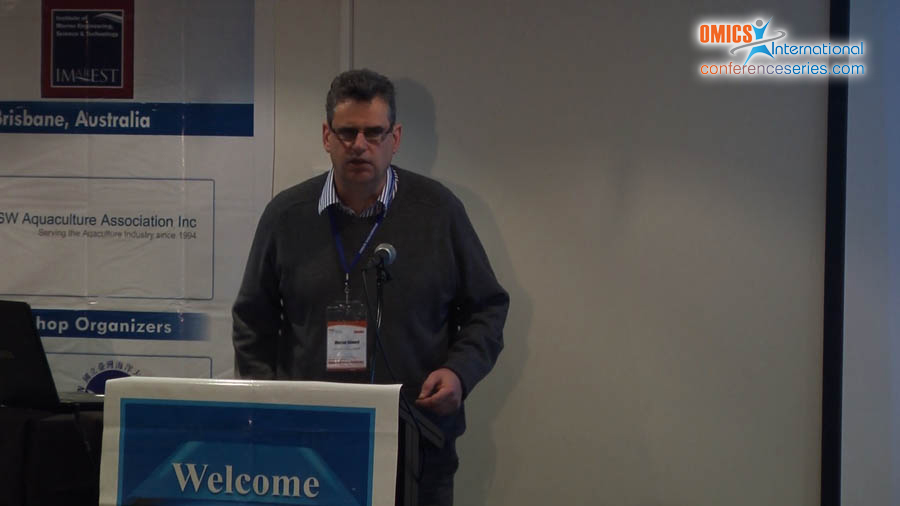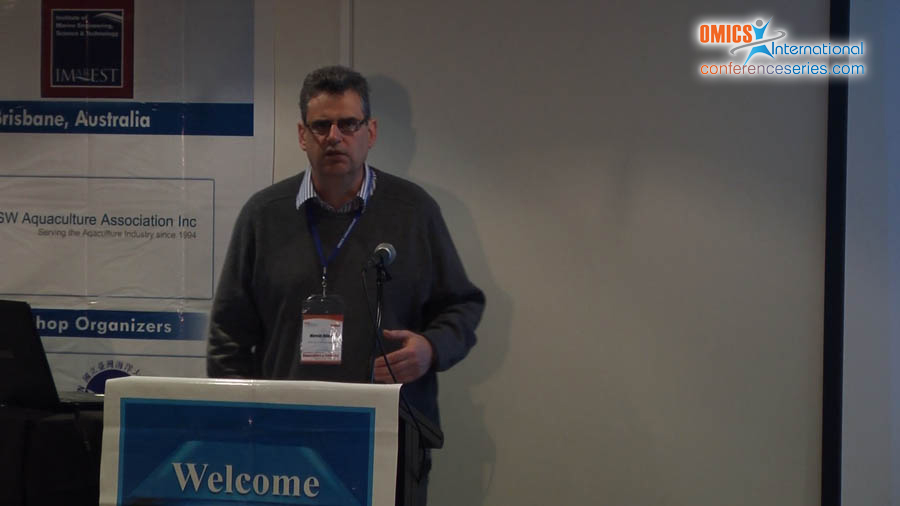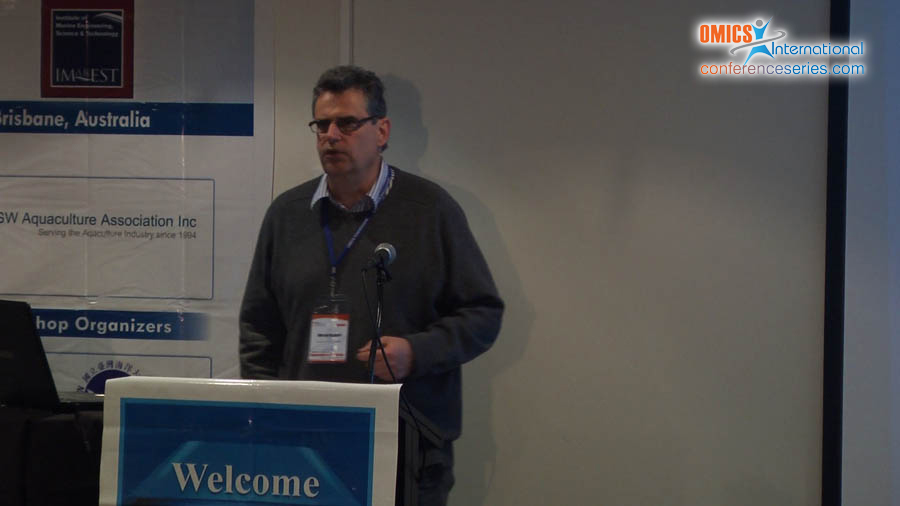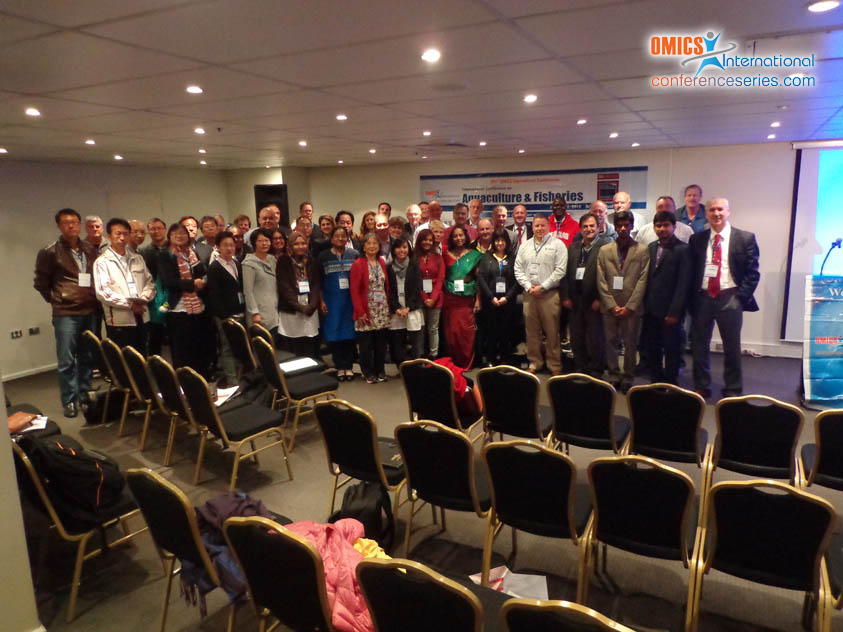
Biography
Biography: Marcus Haward
Abstract
Marine aquaculture is a major element of Australian fisheries production. The sector has undergone major development and change over the past two decades. Aquaculture operations in Australia include salmonids and other important market species of tuna, oysters, and prawns. A number of other species are also farmed. In 2011-12 the aquaculture of salmonid species (Atlantic salmon (Salmo salar) and Brown trout (Salmo trutta) was Australia’s largest catch by production (43, 989 tonnes) and by value ($513 million). Given Australia’s federal division of powers a vast majority of aquaculture operations located with state waters and governed by state and local government legislation and by-laws. The Australian (national) government is also involved through sustainability assessments, quarantine and bio-security, food quality and safety, and environmental management. Community engagement is centred on an increasing focus on social acceptability/social license relating to aquaculture operations. A further element is the development of industry based codes of practice and moves to seek external third party accreditation of their operations. This paper examines aquaculture governance in Australia, highlighting the importance of the interaction between government, industry and community.





